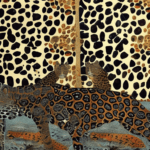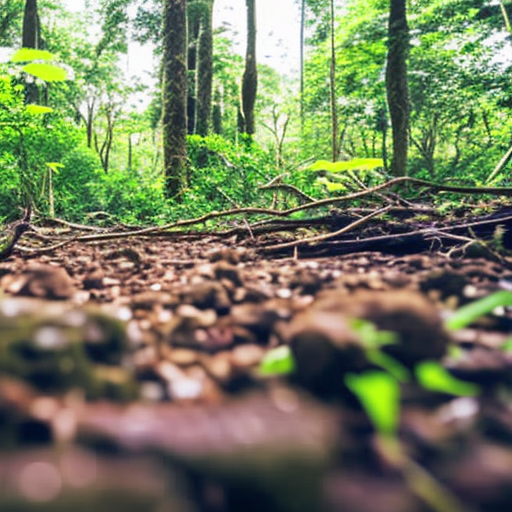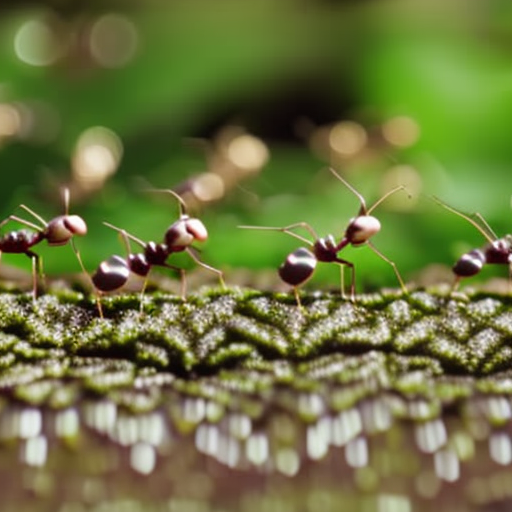Summary:
Conservation biology is a multidisciplinary field that focuses on understanding and protecting the Earth’s biodiversity. It combines principles from ecology, genetics, and other sciences to study the impacts of human activities on the environment and develop strategies for conservation. Conservation biologists work to identify and mitigate threats to species and ecosystems, promote sustainable practices, and restore degraded habitats. Their efforts are crucial for preserving the planet’s biodiversity and ensuring the long-term survival of species.
Introduction to Conservation Biology:
Conservation biology emerged as a distinct field in the 1980s in response to growing concerns about the loss of biodiversity. The field recognizes that human activities, such as habitat destruction, pollution, and climate change, are driving species extinctions at an alarming rate. Conservation biologists aim to understand the causes and consequences of biodiversity loss and develop effective strategies to prevent further declines.
Goals of Conservation Biology:
The primary goal of conservation biology is to preserve the diversity of life on Earth. This includes protecting species from extinction, maintaining healthy ecosystems, and preserving genetic diversity within populations. Conservation biologists also strive to promote sustainable development practices that balance human needs with the conservation of natural resources.
Approaches in Conservation Biology:
Conservation biology employs a range of approaches to achieve its goals. These include:
- Species-focused conservation: This approach aims to protect individual species that are at risk of extinction. It involves identifying and monitoring endangered species, implementing captive breeding programs, and establishing protected areas.
- Landscape-level conservation: This approach focuses on protecting entire ecosystems and the interactions between species. It involves identifying key habitats, creating wildlife corridors to connect fragmented landscapes, and implementing sustainable land-use practices.
- Genetic conservation: This approach aims to preserve the genetic diversity within populations. It involves studying the genetic structure of populations, identifying and conserving unique genetic variants, and implementing breeding programs to prevent inbreeding and maintain healthy populations.
- Community-based conservation: This approach involves engaging local communities in conservation efforts. It recognizes the importance of incorporating traditional knowledge and involving local stakeholders in decision-making processes.
- Restoration ecology: This approach focuses on restoring degraded ecosystems to their natural state. It involves removing invasive species, reestablishing native vegetation, and reintroducing key species.
Challenges in Conservation Biology:
Conservation biology faces numerous challenges in its efforts to protect biodiversity. These include:
- Habitat loss and fragmentation: The destruction and fragmentation of natural habitats are major threats to biodiversity. Conservation biologists work to identify and protect critical habitats and promote sustainable land-use practices.
- Invasive species: Invasive species can have devastating impacts on native ecosystems. Conservation biologists develop strategies to control and eradicate invasive species to protect native biodiversity.
- Climate change: Climate change poses a significant threat to biodiversity, as it alters habitats and disrupts ecological processes. Conservation biologists study the impacts of climate change and develop strategies to help species adapt to changing conditions.
- Overexploitation: Unsustainable hunting, fishing, and harvesting of resources can lead to the decline of species and ecosystems. Conservation biologists work to promote sustainable practices and regulate the trade of endangered species.
- Public awareness and support: Conservation efforts require public support and awareness. Conservation biologists engage in education and outreach activities to raise awareness about the importance of biodiversity and the need for conservation.
Conclusion:
Conservation biology plays a crucial role in protecting the Earth’s biodiversity. By understanding the impacts of human activities on the environment and developing strategies for conservation, conservation biologists work to prevent species extinctions, maintain healthy ecosystems, and promote sustainable practices. However, the field faces numerous challenges, including habitat loss, invasive species, climate change, overexploitation, and the need for public support. Despite these challenges, the efforts of conservation biologists are essential for preserving the planet’s biodiversity and ensuring a sustainable future.












